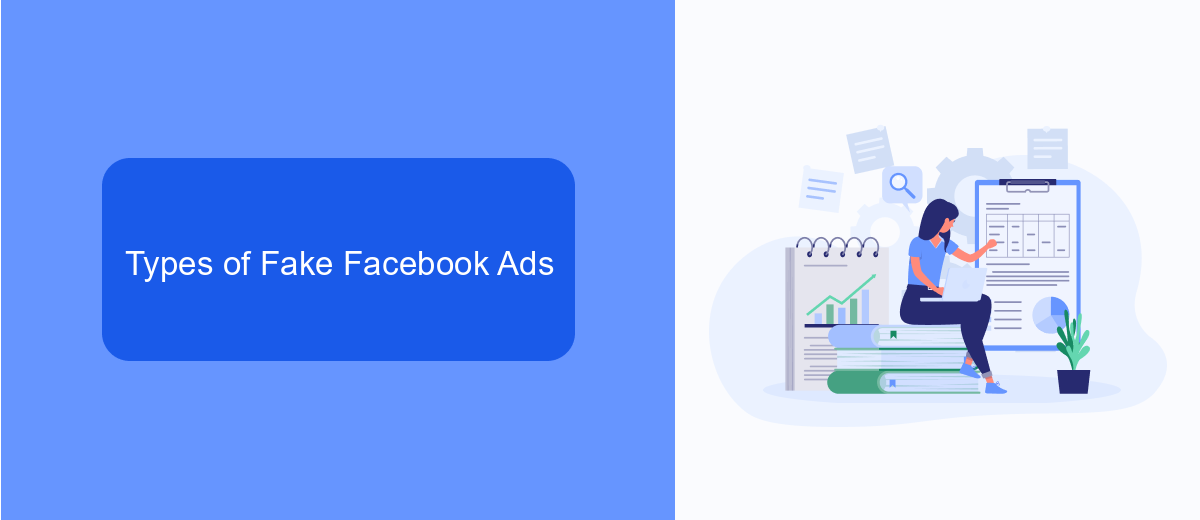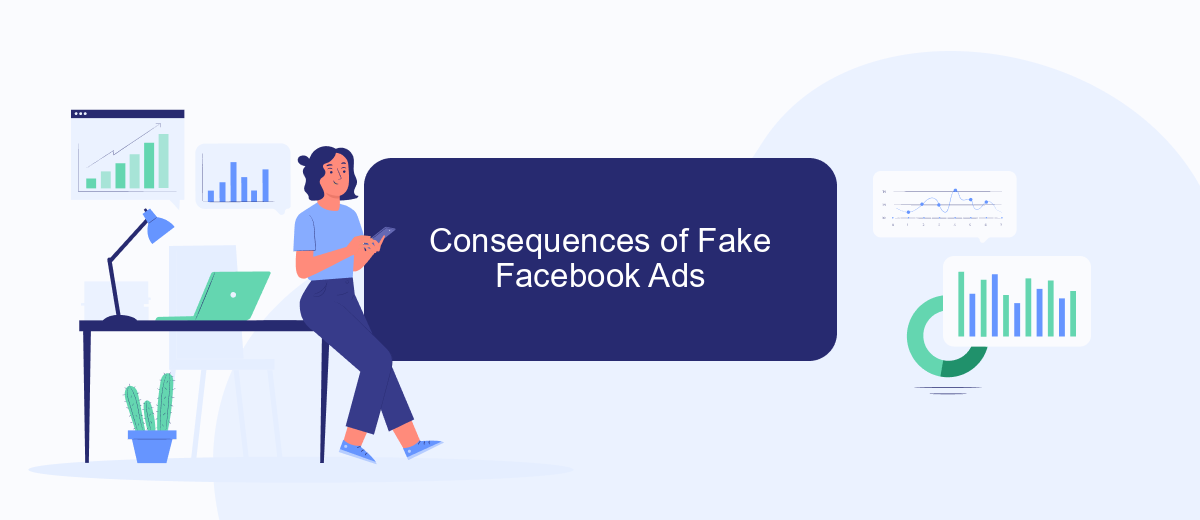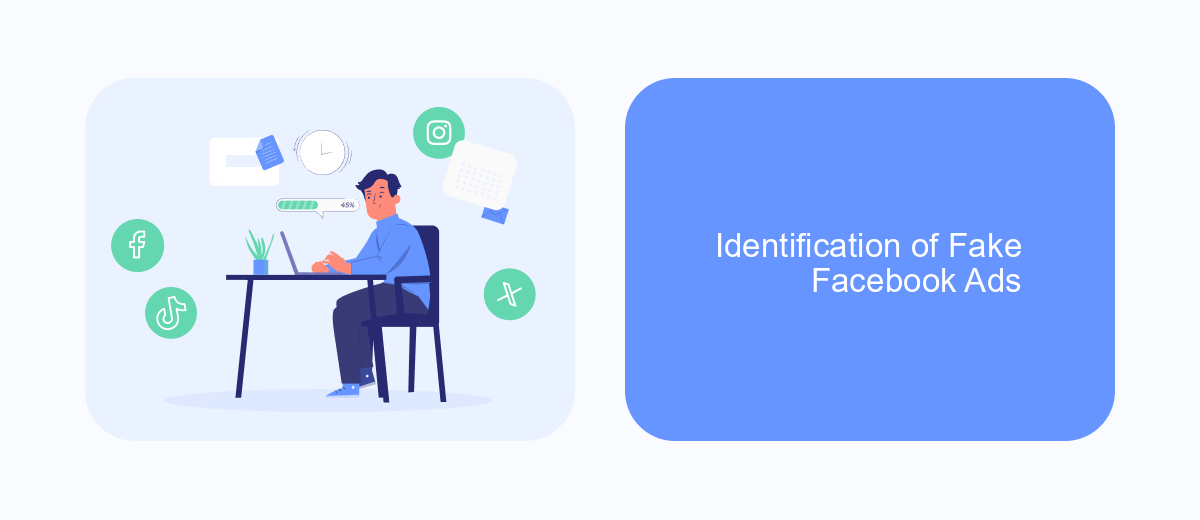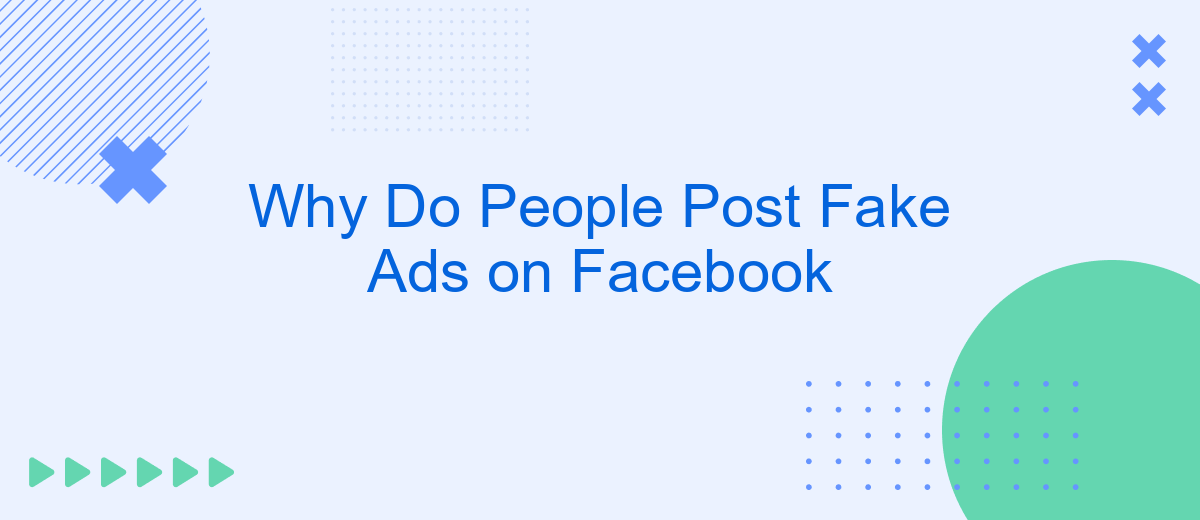In the digital age, social media platforms like Facebook have become hotspots for both genuine and deceptive advertisements. The proliferation of fake ads raises significant concerns, prompting the question: why do people post them? Understanding the motives behind these deceptive practices can shed light on the broader implications for users and the platform itself, from financial scams to spreading misinformation.
Reasons for Fake Facebook Ads
Fake ads on Facebook have become a significant issue, causing frustration and potential harm to users. Understanding the reasons behind these deceptive practices can help in creating awareness and implementing better security measures.
- Financial Gain: Scammers create fake ads to trick users into making purchases or providing personal information, which can be sold or used for fraudulent activities.
- Data Harvesting: Some fake ads aim to collect user data through misleading offers or surveys, which can then be used for targeted phishing attacks or sold to third parties.
- Malware Distribution: Clicking on fake ads can lead to malware infections, compromising users' devices and potentially leading to identity theft.
- Brand Damage: Competitors or malicious actors may create fake ads to tarnish the reputation of a business, leading to loss of trust and customers.
To combat these issues, services like SaveMyLeads can be instrumental. SaveMyLeads automates the process of integrating and verifying leads from Facebook, ensuring that businesses can efficiently filter out fraudulent activities and maintain the integrity of their advertising efforts.
Types of Fake Facebook Ads

Fake Facebook ads come in various forms, each designed to deceive users in different ways. One common type is the "too good to be true" offer, where advertisers promote products or services at unbelievably low prices. These ads often lead to phishing sites that steal personal information or credit card details. Another prevalent type is the fake giveaway or contest ad, which promises users a chance to win high-value items like smartphones or vacations. Participants are usually required to provide personal information or complete surveys, which are then used for malicious purposes.
Another type of fake ad involves impersonating well-known brands or celebrities to gain credibility. These ads often promote counterfeit products or direct users to scam websites. Additionally, some fake ads are designed to spread misinformation or promote fraudulent schemes, such as pyramid schemes or investment scams. To protect against these deceptive practices, users can utilize services like SaveMyLeads, which help automate and secure the integration of lead data, ensuring that only legitimate and verified information is processed.
Consequences of Fake Facebook Ads

Fake ads on Facebook can have serious repercussions for both individuals and businesses. The spread of false information not only undermines trust in the platform but also leads to financial and emotional distress for those who fall victim to scams.
- Financial Loss: Victims may lose money by purchasing non-existent products or services.
- Data Breaches: Personal information can be stolen and misused, leading to identity theft.
- Reputational Damage: Businesses associated with fake ads can suffer severe damage to their reputation.
- Legal Consequences: Posting fake ads can result in legal actions and penalties.
To mitigate these risks, businesses can use services like SaveMyLeads, which help automate and streamline the process of verifying leads and integrating data securely. By ensuring that leads are genuine and data is handled responsibly, companies can protect their reputation and build trust with their audience. This proactive approach can significantly reduce the negative impact of fake ads on Facebook.
Identification of Fake Facebook Ads

Identifying fake ads on Facebook can be challenging, but there are several telltale signs that can help users spot them. Fake ads often employ deceptive tactics to lure users into clicking on them, leading to potential scams or malicious sites. It is crucial to be vigilant and discerning when browsing through advertisements on social media platforms.
One of the most effective ways to identify fake ads is to scrutinize the content closely. Look for inconsistencies in the ad's text, images, and links. Additionally, pay attention to the source of the ad; reputable brands will typically have verified pages and consistent branding. Another red flag is the promise of unrealistic deals or offers that seem too good to be true.
- Check for spelling and grammatical errors.
- Verify the legitimacy of the brand or company.
- Be cautious of ads with urgent calls to action.
- Look for reviews or feedback from other users.
- Use tools like SaveMyLeads to track and verify ad sources.
By following these guidelines, users can better protect themselves from falling victim to fake Facebook ads. Utilizing services like SaveMyLeads can further enhance safety by automating the verification process and ensuring that only legitimate ads reach your feed. Staying informed and cautious is key to navigating the complex landscape of online advertising.
Prevention of Fake Facebook Ads
Preventing fake ads on Facebook requires a combination of vigilance and technological solutions. Users should be educated about the common signs of fake ads, such as unrealistic offers, poor grammar, and suspicious URLs. Facebook itself has a responsibility to implement stricter ad review processes and employ advanced AI to detect and remove fraudulent content. Regularly updating privacy settings and reporting suspicious ads can also help in mitigating the spread of fake advertisements.
Businesses can benefit from using reliable integration services like SaveMyLeads, which helps streamline the process of managing and verifying ad campaigns. By automating lead data transfers and ensuring that only legitimate ads are promoted, services like SaveMyLeads can reduce the risk of encountering fake ads. Additionally, leveraging such tools allows businesses to maintain a higher level of trust and credibility with their audience, ultimately fostering a safer online environment for everyone.
FAQ
Why do people post fake ads on Facebook?
How can I identify a fake ad on Facebook?
What should I do if I come across a fake ad on Facebook?
How can businesses protect themselves from having their ads copied and used in scams?
Are there any tools to help automate the detection and reporting of fake ads?
If you use Facebook Lead Ads, then you should know what it means to regularly download CSV files and transfer data to various support services. How many times a day do you check for new leads in your ad account? How often do you transfer data to a CRM system, task manager, email service or Google Sheets? Try using the SaveMyLeads online connector. This is a no-code tool with which anyone can set up integrations for Facebook. Spend just a few minutes and you will receive real-time notifications in the messenger about new leads. Another 5-10 minutes of work in SML, and the data from the FB advertising account will be automatically transferred to the CRM system or Email service. The SaveMyLeads system will do the routine work for you, and you will surely like it.
